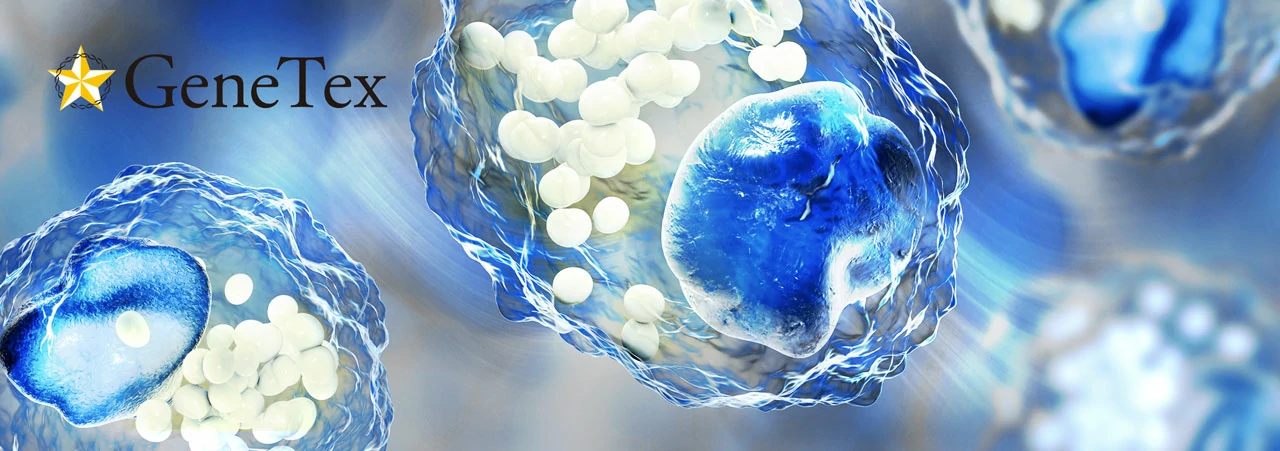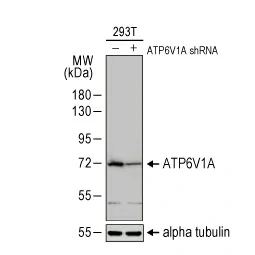Lipid-associated macrophages that express TREM2 (TREM2+ LAMs) are attracting increased attention for their activities related to the efficient clearance of dead adipocytes. This cell population is intimately involved in various diseases featuring lipid stress and inflammation, particularly obesity, NASH, and atherosclerosis. In obesity, TREM2+ LAMs congregate around dead adipocytes, a finding that indicates impaired efferocytosis (the process of macrophage-mediated apoptotic cell removal). This is associated with insulin resistance and metabolic dysfunction. However, further investigation of these TREM2+ LAMs is required for greater understanding of their functions in diseases of overnutrition.
In a new study, Choi et al. show that the previously uncharacterized transmembrane 4 L six family member 19 (TM4SF19), a lysosomal membrane protein, is expressed by TREM2+ LAMs recruited to adipocyte tissue in mice consuming a high-fat diet (1). The authors detected direct interaction of TM4SF19 with a constituent of the macrophage V-ATPase, a protein complex essential for lysosomal catabolic activity. Using expression data analysis, a TM4SF19 knockout (KO) mouse model, and other strategies, the researchers demonstrated that TM4SF19 impairs lysosomal V-ATPase activity and impedes removal of lipid-stressed adipocytes. TM4SF19 KO promoted lysosomal acidification and dead adipocyte clearance. The elevated phagocytic activity in the KO mouse was accompanied by restorative adipose tissue remodeling, adipocyte hyperplasia versus hypertrophy, enhanced insulin sensitivity, and other favorable metabolic changes. In summary, Choi et al. suggest that TM4SF19 acts as a “brake” on the elimination of stressed adipocytes, and its therapeutic targeting may be an effective modality to ameliorate metabolic dysfunction associated with obesity.
GeneTex offers an extensive catalog of quality antibodies and reagents for adipocyte and obesity research, including the ATP6V1A antibody (GTX110815) cited in the Choi et al. study. For more information, please see the product images below and visit www.genetex.com.
Highlighted Products
|
|
|
![Insulin Receptor beta antibody [HL2737] (GTX639566)](/upload/media/MarketingMaterial/Newsletter/2024/W20_ArticleAlert/landingPage_img_255x255_03.webp) |
|
Insulin Receptor beta antibody [HL2737]
|
|
GTX639566
|
|
|
![Fatty Acid Synthase antibody [HL2161] (GTX638139)](/upload/media/MarketingMaterial/Newsletter/2024/W20_ArticleAlert/landingPage_img_255x255_04.webp) |
|
Fatty Acid Synthase antibody [HL2161]
|
|
GTX638139
|
|
|
| |
|
|
|
![Integrin beta 1 / CD29 antibody [HL1255] (GTX636657)](/upload/media/MarketingMaterial/Newsletter/2024/W20_ArticleAlert/landingPage_img_255x255_05.webp) |
|
Integrin beta 1 / CD29 antibody [HL1255]
|
|
GTX636657
|
|
|
|
|
|
| |
|
|
|
Reference:
- Nat Commun. 2024 Mar 30;15(1):2779. doi: 10.1038/s41467-024-47108-8.


![ATP6V1H antibody [HL1316] (GTX636734)](/upload/media/MarketingMaterial/Newsletter/2024/W20_ArticleAlert/landingPage_img_255x255_02.webp)
![Insulin Receptor beta antibody [HL2737] (GTX639566)](/upload/media/MarketingMaterial/Newsletter/2024/W20_ArticleAlert/landingPage_img_255x255_03.webp)
![Fatty Acid Synthase antibody [HL2161] (GTX638139)](/upload/media/MarketingMaterial/Newsletter/2024/W20_ArticleAlert/landingPage_img_255x255_04.webp)
![Integrin beta 1 / CD29 antibody [HL1255] (GTX636657)](/upload/media/MarketingMaterial/Newsletter/2024/W20_ArticleAlert/landingPage_img_255x255_05.webp)
![ACSL1 antibody [HL1651] (GTX637232)](/upload/media/MarketingMaterial/Newsletter/2024/W20_ArticleAlert/landingPage_img_255x255_06.webp)